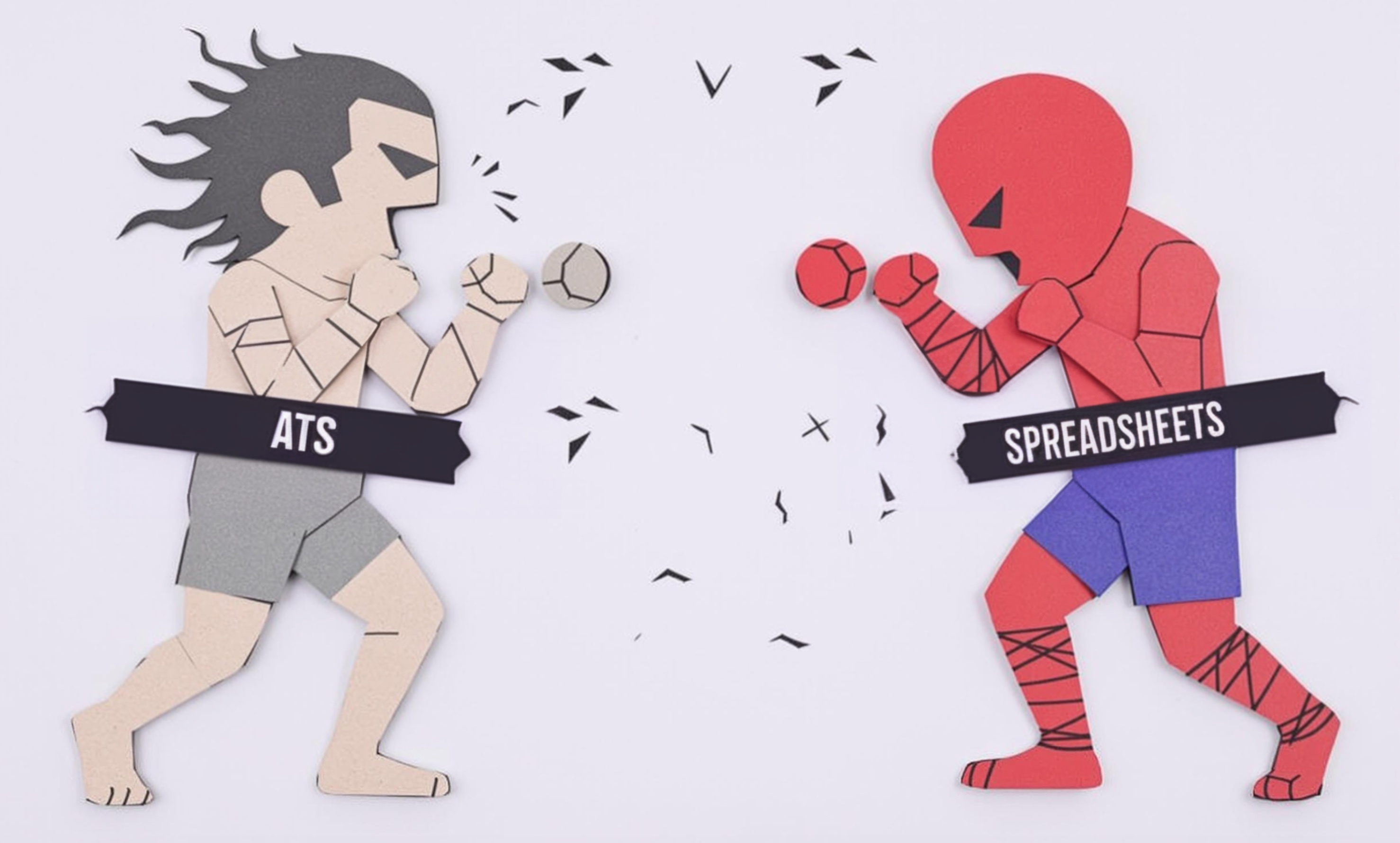
R-Squared
R-Squared (also written as R² or R2) is a way to measure how well a statistical model explains data. Think of it like a scoring system from 0 to 1 (or 0% to 100%) that tells you how accurate predictions might be. When someone lists R-Squared on their resume, they're showing they know how to measure and validate the quality of data analysis work. It's similar to a grade that tells you how reliable the analysis is - the closer to 100%, the better the analysis fits the data. This is a fundamental concept used in many types of analysis work, including business analytics, market research, and scientific studies.
Examples in Resumes
Developed predictive models achieving R-Squared values of 0.85 for sales forecasting
Improved marketing campaign targeting using models with high R2 accuracy
Validated statistical models using R-Squared analysis for customer behavior prediction
Typical job title: "Data Analysts"
Also try searching for:
Where to Find Data Analysts
Online Communities
Professional Networks
Learning Resources
Example Interview Questions
Senior Level Questions
Q: How do you explain R-squared limitations to non-technical stakeholders?
Expected Answer: Should explain ability to communicate that a high R-squared doesn't always mean a good model, and demonstrate how they can explain this using simple, real-world examples without technical jargon.
Q: When would you use adjusted R-squared instead of regular R-squared?
Expected Answer: Should explain that adjusted R-squared is better when comparing models with different numbers of variables, using simple business examples to illustrate the concept.
Mid Level Questions
Q: What R-squared value would you consider acceptable for a business prediction model?
Expected Answer: Should discuss how acceptable R-squared values vary by industry and application, with examples of when lower values might be acceptable and when higher values are necessary.
Q: How do you handle a situation where your model has a low R-squared value?
Expected Answer: Should describe practical steps like checking data quality, considering additional variables, or explaining to stakeholders why the low value might be expected in certain situations.
Junior Level Questions
Q: Can you explain what R-squared means in simple terms?
Expected Answer: Should be able to explain that R-squared shows how well a model fits the data, using simple analogies or examples, and explain that it's expressed as a percentage.
Q: What does an R-squared value of 0.7 tell you about a model?
Expected Answer: Should explain that this means the model explains 70% of the variability in the data, and be able to interpret this in a business context.
Experience Level Indicators
Junior (0-2 years)
- Basic statistical analysis
- Understanding of R-squared interpretation
- Simple regression analysis
- Basic data visualization
Mid (2-5 years)
- Multiple regression analysis
- Model validation techniques
- Advanced statistical software use
- Results interpretation and presentation
Senior (5+ years)
- Complex statistical modeling
- Strategic analysis planning
- Team leadership and mentoring
- Advanced model optimization
Red Flags to Watch For
- Unable to explain R-squared in simple terms
- No experience with statistical software
- Lack of understanding of when R-squared is appropriate to use
- Cannot interpret R-squared values in business context
Related Terms
Need more hiring wisdom? Check these out...

Automated Scorecards in ATS Systems: Your Secret Weapon for Smarter Hiring Decisions

The Cryptic Secrets of Data-Driven HR: Metrics that Actually Matter (and Some That Might Make You Laugh)

What Is Predictive Analytics in Recruitment and How Can It Help?

